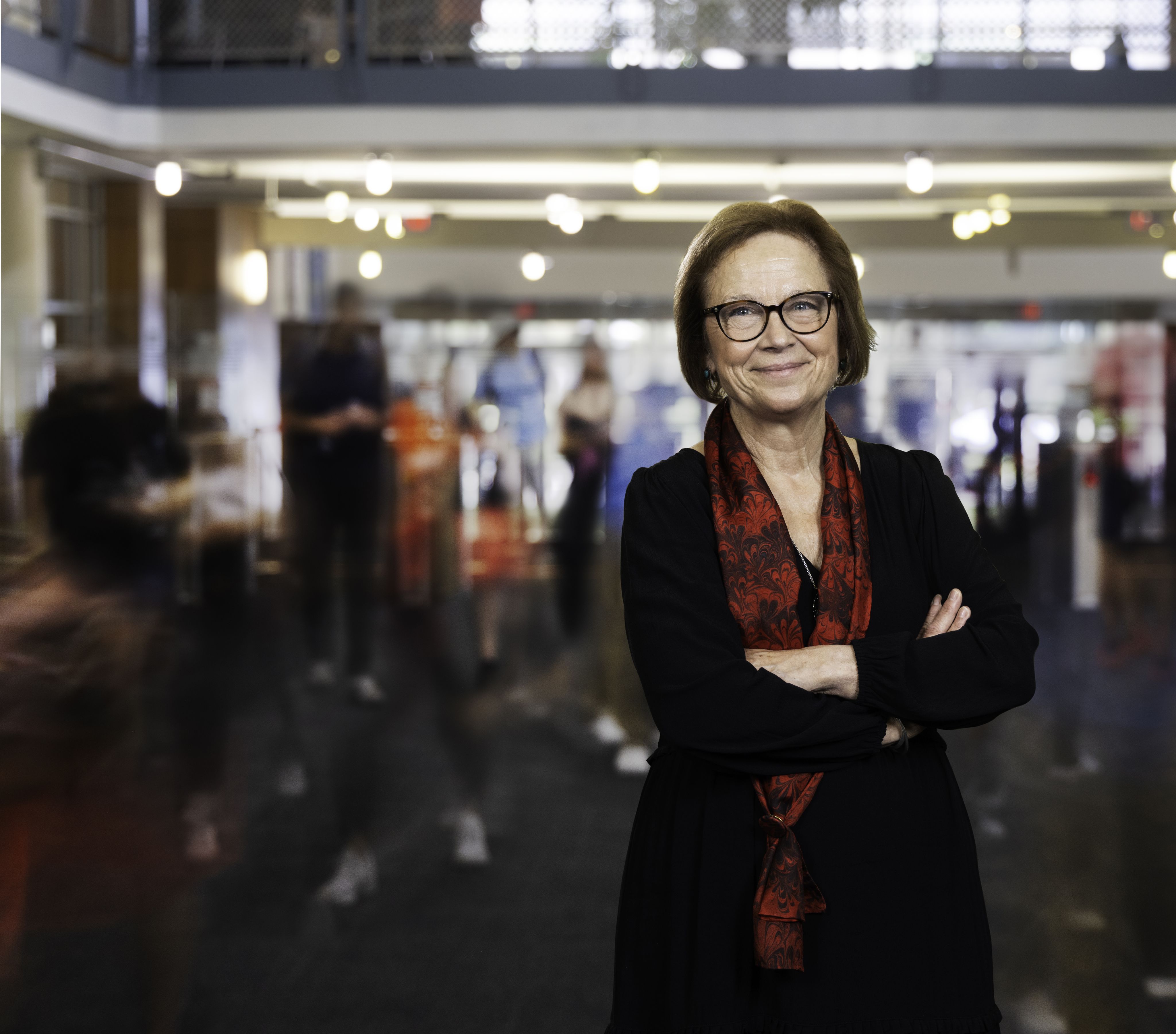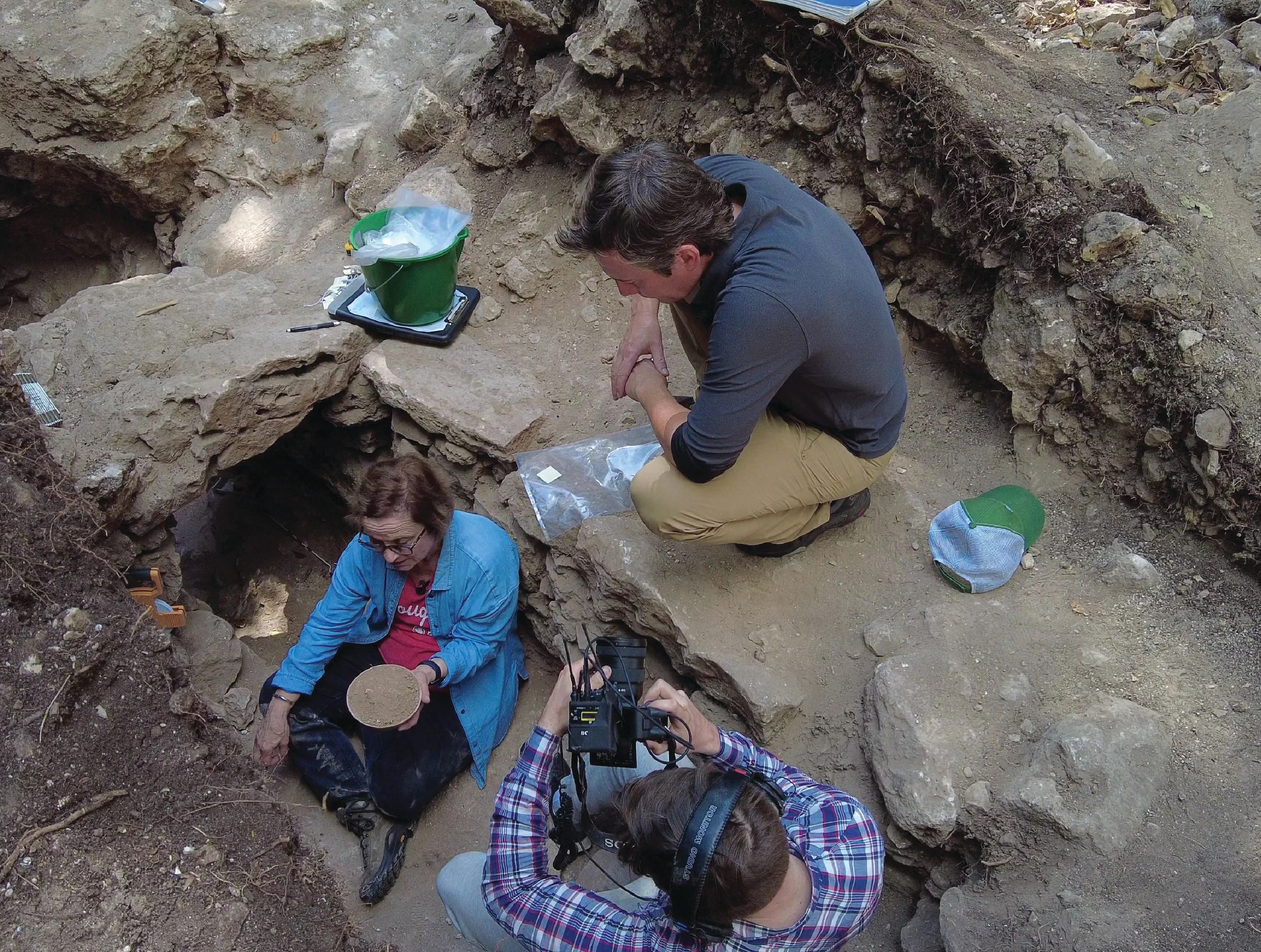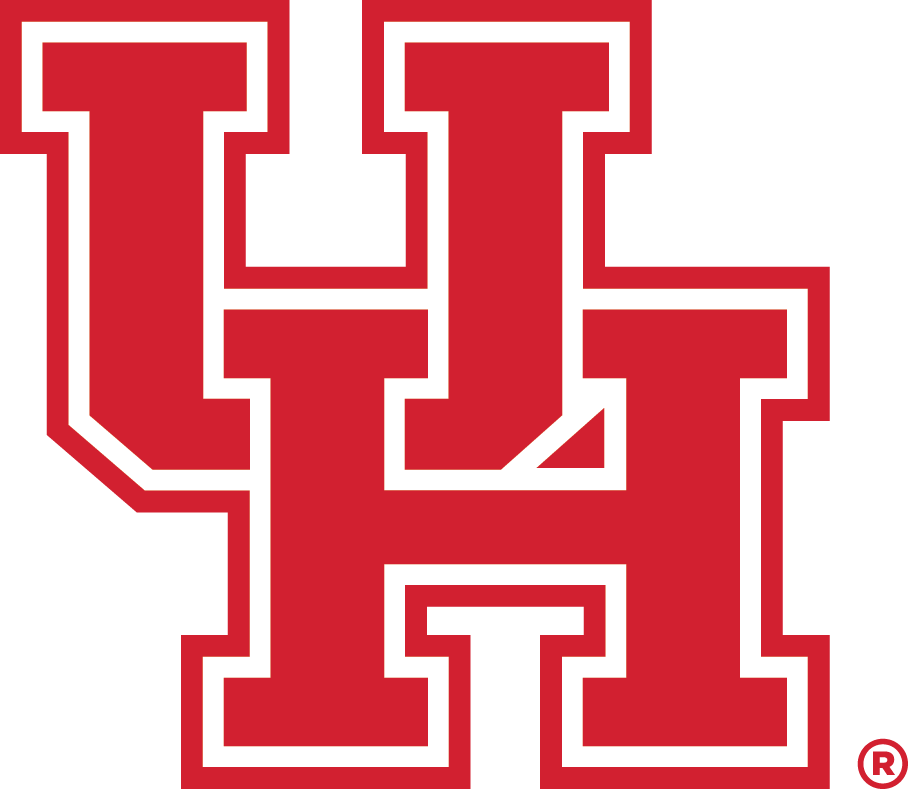Following Ancient Roads to Find Modern Success
Diane Z. Chase has spent nearly 40 years uncovering an ancient Mayan civilization. Now, she’s looking toward the future.
By Patrick Reardon

During a recent visit to Caracol, Provost Diane Z. Chase and her husband and research collaborator, Arlen Chase, were interviewed for a segment about their work on CBS Saturday Morning.
During a recent visit to Caracol, Provost Diane Z. Chase and her husband and research collaborator, Arlen Chase, were interviewed for a segment about their work on CBS Saturday Morning.
The Classic Maya civilization collapsed between A.D. 800 and 1000. For centuries afterward, hundreds of timeworn sites lay forgotten, until archaeologists began exploring their remains in the 19th century.
One of those archaeologists is the University of Houston’s new senior vice president for academic affairs and provost, Diane Z. Chase. For nearly 40 years, Chase has been fascinated by the remnants of an ancient city in Belize called Caracol. Caracol has been uninhabited since around A.D. 950, but Chase is just as interested in its glory days as she is in its downfall—even collapsed civilizations offer lessons in success.
That’s as true in the field as it is in her new role at UH, which she assumed in February after a harrowing drive to Houston through a snowstorm. Luckily, Chase seems more than up for an adventure.
Uncovering Our Past
Caracol was (re)discovered in the jungles of western Belize in 1937—relatively late compared to most Maya sites. At that time, archaeologists conducted limited excavations on the area. Their sites focused on the stone monuments and altars in Caracol’s “downtown.”
Little did they know this was only the surface of a city that had supported some 100,000 Maya in the second half of the first century. That’s more than twice the population of Belize City, the largest metropolitan area in modern-day Belize.
“No one knew how big or important the site was because [relatively little] research was done,” Chase says. She and her husband, Arlen Chase, started the Caracol Archaeological Project in 1985, and their research has revealed groundbreaking insights about the Maya who inhabited the area millennia ago.
Ever since then, the Chases have been reassembling pottery, excavating tombs and surveying the agricultural layouts of the 77-square-mile site to reconstruct what ancient life was like in Caracol and have pieced together a coherent picture from their findings during that time.
“Are there things [ancient civilizations] were doing that we might want to try? Are there mistakes they made that we don’t want to repeat or replicate?”
The goal is to think about how an ancient civilization compares to today, Chase says about archaeology and anthropology: “Are there things they were doing that we might want to try? Are there mistakes they made that we don’t want to repeat or replicate?”
Past Collides With Present
The earliest inhabitants of Caracol arrived between 600 and 900 B.C., although it wasn’t until A.D. 250 that the classic “peak” period of the Maya civilization began, ushering in a 650-yearlong age of advancements such as pyramids, hieroglyphic texts and widespread trade.
Chase’s work in Caracol revealed another advancement of the era: an intricate agricultural field system integrated into the city’s urban infrastructure.
“There are road systems that guide you around the city, and there are agricultural fields located amongst the households. So, the city itself was agriculturally sustainable,” she says. “The economy was well set up so that you could access a market to get the things that you didn’t have in your household pretty easily.”
Chase says roads are an important piece of the archaeological puzzle in Caracol. Her son, Adrian, who recently completed his doctorate in anthropology, is currently working to determine travel routes between sites around the city. The data will help identify neighborhoods which, when coupled with new technologies like ancient DNA analysis, can help answer questions about family relationships, migration influxes and curious zoning patterns around the city. But in the Chases’ line of work, finding answers just means asking more questions.
One of the technologies Chase is most excited to leverage at Caracol is light detection and ranging (LiDAR), which collects complete aerial images of archaeological sites by penetrating dense jungle canopies. She says they were the first archaeological project in Central America to apply LiDAR to their research.
Incidentally, the data from that first LiDAR flight back in 2009 was collected by the National Center for Airborne Laser Mapping (NCALM), which is based at and operated by UH’s Cullen College of Engineering.
“I knew about the University as an outsider. I knew it was growing. I knew that it was increasing in reputation and stature,” Chase says. “Since I’ve come, I’ve realized how much more there is here: the depth of the culture, the experience. I’m getting to know a new place and a new culture, essentially.”
A New Culture to Uncover
Chase was confirmed as the University’s chief academic officer in February. She drove 1,500 miles from Claremont, California—where she served as vice president for academic innovation, student success and strategic initiatives at Claremont Graduate University—to her new home in Houston, accompanied by her husband, who’s joining the faculty at UH’s College of Liberal Arts and Social Sciences.
As someone whose life’s work is about analyzing cultures, Chase is already impressed with Houston’s “real richness”—from the city’s diverse music scene to its unique style of Tex-Mex.
“Anyone coming into a new position has to first learn more about the place: the people, the culture,” she says, adding that she’s excited to transfer her anthropological expertise to her role as provost. Using the University’s strategic plan as her roadmap, she’s ready to uncover new grounds of student excellence on campus.
“One of the keys to student success—and honestly, the faculty and staff’s success—has to do with a sense of engagement, belonging to the community,” she says. “That’s absolutely true of an archaeological enterprise that works together as a team really effectively, and it’s something that is important in terms of student experience.”
Chase calls success a “participatory process” and cites improving cross- discipline research at UH as a key objective in her plans. She says undergraduate research, in particular, depends on building transferable skills and crossing new boundaries.
“I’ve realized from research on the ancient Maya [that] I can explore, with other colleagues in fields outside my own, things that are of importance today,” she says, “whether those are things about collapse, urbanism [or] sustainability. Those are things that I can certainly share with others as well as how easy and how hard it is to break out of your discipline.”
Come next academic year, undergraduate students at UH will be able to join Chase at the Caracol Archaeological Project for accredited research opportunities. Even after nearly 40 years of excavation there, she’s confident the ancient civilization has plenty left to teach us.



